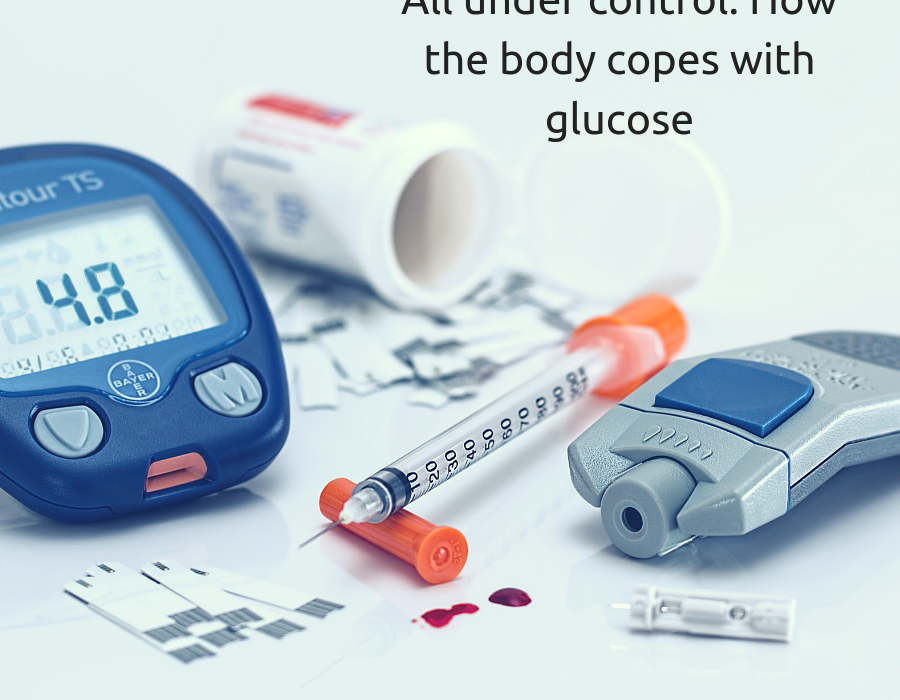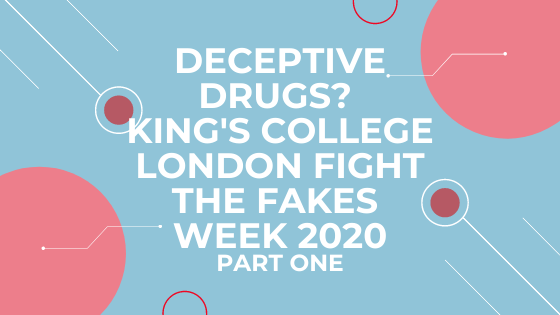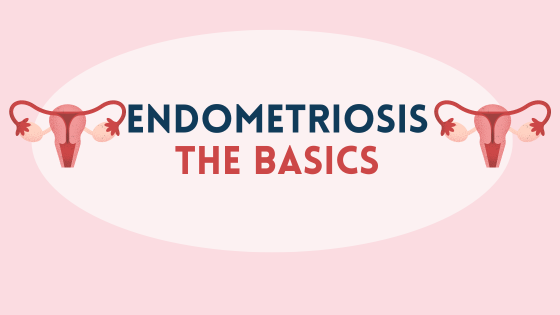Roisin Conneely
November is National Diabetes Awareness Month in the US, with World Diabetes Day falling on the 14th of the month. Diabetes is a chronic condition which causes a person’s blood sugar (or glucose) levels to remain abnormally high, which can cause complications such as blood vessel damage, cardiovascular disease, and vision loss. Type 1 diabetes occurs when the pancreas is unable to produce any insulin at all, and Type 2 diabetes involves the cells not being able to respond to insulin.
Global cases of diabetes have increased from 108 million in 1980 to 422 million in 2014, and prevalence has been rising rapidly, especially in low-income nations. As of 2016, the World Health Organisation estimates that diabetes is the 7th leading cause of death worldwide. As such a common disorder, it’s highly likely that you know someone who suffers from diabetes, so it’s important to try and understand how it works. As November draws to a close, we take a look at the molecular mechanisms behind glucose regulation

Glucose is needed for cellular respiration and the production of energy; hence, hormonal regulation is needed to control its levels depending on conditions such as stress or eating. The three major hormones involved in glucose regulation are insulin, glucagon and cortisol, which all carry out varied functions to bring about their effects on glucose metabolism, contributing to overall homeostasis, or in other words, the maintenance of a happy, well-regulated body.
Insulin is a hormone released from the Islets of Langerhans, which, surprisingly is not a location featured in Lord of The Rings, but is found inside the pancreas. It acts to decrease plasma glucose concentration; with levels of insulin rising after eating to combat the sugar released from your burger and chips. Insulin acts on cell surface receptors to trigger signalling cascades within the cell. Activation of these receptors stimulates glucose transport through cell membranes, via translocation of specialised transporters known as GLUT4 to the plasma membrane, a process which requires an input of energy. The more transporters on the plasma membrane, the more glucose can be transported into cells, thus lowering the blood glucose concentration as well as increasing the amount of glucose available for cells to use in respiration, so all in all, a win-win situation.

As mentioned above, people with Type 1 diabetes can’t produce insulin, so they need to take it via injection or an insulin pump. You can find out more about taking insulin here.
Insulin also promotes glycolysis, the breakdown of glucose, as well as glycogenesis, the conversion of glucose to glycogen. Furthermore, insulin prevents lipolysis, the breaking down of lipids to release glycerol and fatty acids. Glucokinase is another enzyme required for insulin to carry out its functions. It acts as a glucose sensor as well as assisting in the conversion of glucose to glucose-6-phospate, the first step in glucose breakdown, hence it is crucial in stimulating the transport and uptake of glucose. A rare, genetic type of diabetes, MODY (Maturity Onset Diabetes of the Young) is caused by a mutation in the gene coding for the glucokinase enzyme. Most MODY patients will be diagnosed under the ages of 25 and generally won’t need to inject insulin, but may develop a need to later in life. (Fun fact: Roisin is actually one of these ultra rare genetic abnormalities!)
The pancreas also releases another hormone called glucagon. It acts upon the liver to promote conversion of glycogen to glucose, during a process known as glycogenolysis. Glucagon asserts its actions by binding to a special type of receptor on plasma membranes; a G-protein coupled receptor. This binding activates a cascade, mediated by an enzyme known as protein kinase A (PKA). PKA causes the release of glucose from glycogen stores, basically acting as an emergency sugar rush when your tummy starts to rumble a bit too loudly. Other enzymes are recruited to allow this newly formed glucose to be transported throughout the bloodstream. This process can occur rapidly and is hugely important in preventing hypoglycaemia; when blood sugar levels fall dangerously low and bring about symptoms such as dizziness, weakness, or even loss of consciousness.
You may be familiar with cortisol in terms of stress and the ‘fight or flight’ response (read more on that here), but it is also very important in regulating blood sugar levels too. Cortisol is produced in the adrenal cortex of the kidney, and acts to increase resistance to insulin. It is a steroid hormone which can bind directly to receptors inside cells. This enables it to alter the production of genes coding for enzymes needed for gluconeogenesis and lipolysis, actions which counteract the influence of insulin. Cortisol levels rise during times of stress, allowing glucose levels to increase in order to provide more energy for the infamous ‘fight or flight response
The regulation of plasma glucose concentration is a complex process requiring input from several different hormones, organs and metabolic pathways. A fine balance is needed to ensure levels of glucose do not become too high or low, and hence the body needs to be able to adapt to changing conditions which require differing concentrations of glucose. People with diabetes can’t make these adaptations that most people take for granted, so, next time you tuck into your lunch, take a moment to thank your pancreas for breaking down all that lovely glucose you’re about to ingest.
Don’t forget to follow us on Twitter and Instagram to keep up to date with our latest posts!




